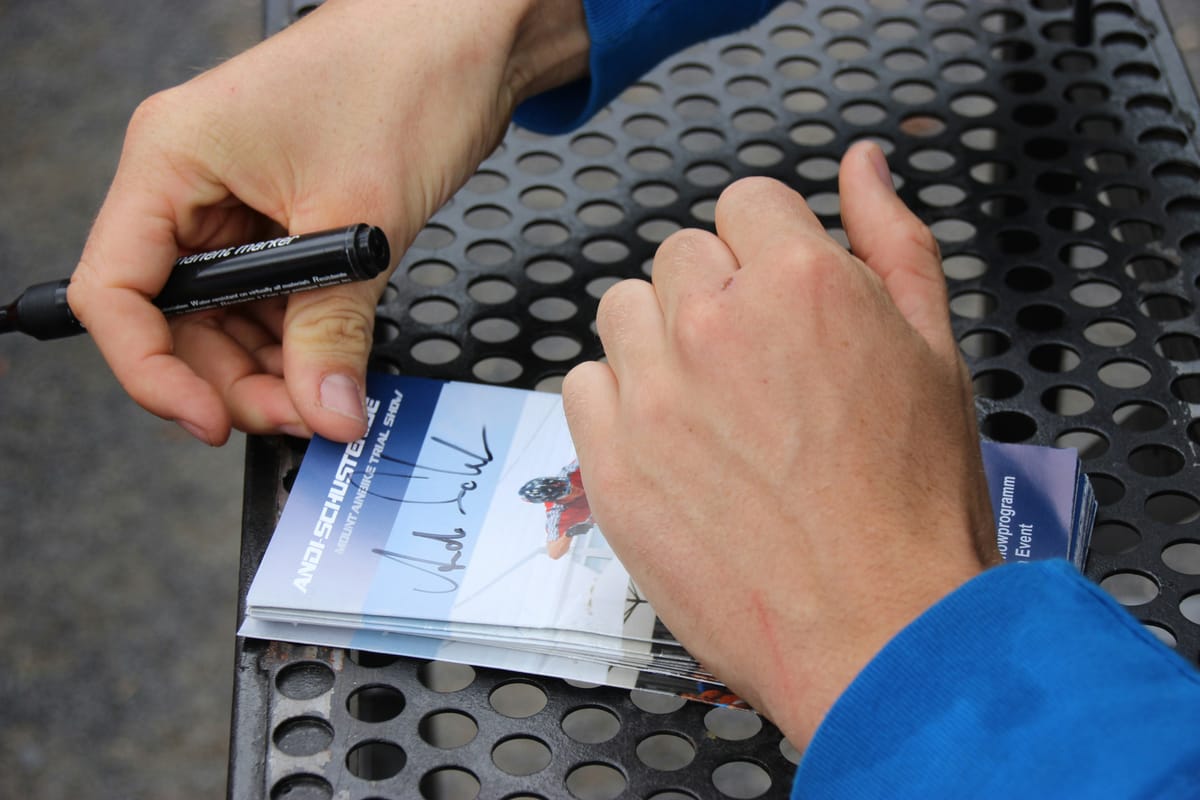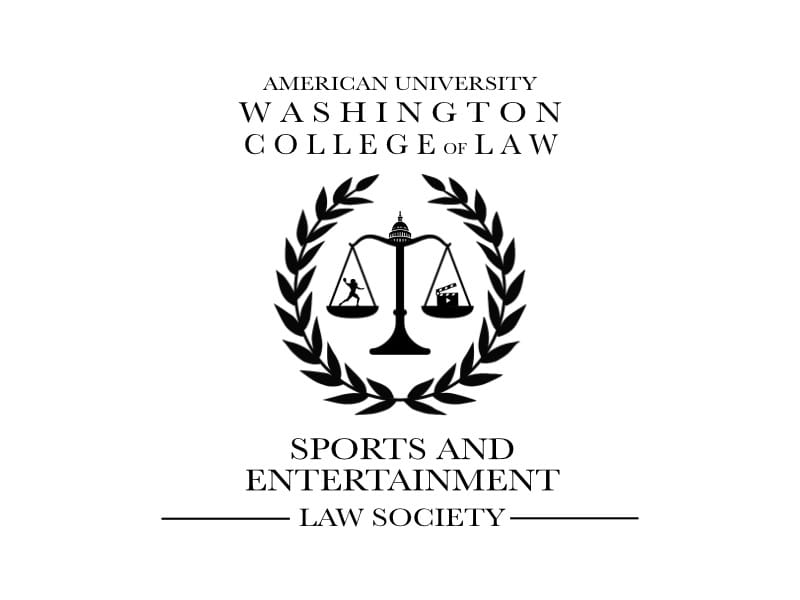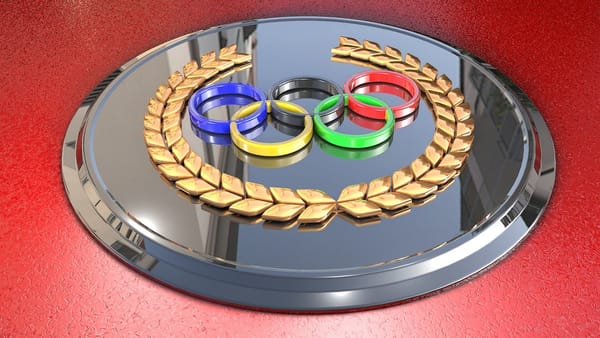Who Owns a Legend’s Legacy? The Battle Over Unsold Athlete Memorabilia
Autographs and collectibles can outlive a sports icon’s career, but who owns them once they are signed? When athletes gift or sell memorabilia, questions of control and ownership can arise.

Gary Player is one of golf’s greatest legends, with a legacy that spans decades and crosses continents. But, like many iconic athletes, his legacy isn’t limited to highlight reels or championship wins–it also lives on in memorabilia: autographed items, limited-edition prints, and collectibles that fans cherish as pieces of sports history. What happens to these items once they’re signed and handed off, especially if they go unsold for years?
That question was at the center of Inbounds, Inc. v. Gary Player Group, a legal dispute over 250 autographed prints Player signed in 1993 for a youth-focused charity, Inbounds, Inc. The prints were sold to raise funds, but sales stalled, and the charity dissolved shortly afterward. Years later, Inbounds attempted to sell the prints on eBay through a third-party consignment company. The Gary Player Group, an entity that manages and protects Player’s intellectual property, intervened, believing the items were unauthorized and illegitimately listed, and demanded that the sale be stopped.
Inbounds responded by filing a lawsuit, claiming tortious interference and injurious falsehood. They argued that the Gary Player Group had disrupted sales and damaged their business reputation. However, the court ultimately sided with the Gary Player Group, concluding that there was no evidence that their actions were unlawful or malicious, nor that they knew Inbounds was behind the listings.
This case highlights a recurring issue in the world of sports memorabilia: once an athlete signs an item and hands it off, whether as a gift, donation, or sale, what happens if that item goes unsold or is resold years later? More specifically, who has the right to decide how, when, or if it can be sold again?
Signed memorabilia becomes merchandise, and with that comes a complex web of ownership rights and branding concerns. Athletes often rely on business groups or representatives to protect their name and ensure only authentic, licensed items make it to market. These groups routinely monitor platforms like eBay for fakes or unauthorized listings, which can include legitimate items that get flagged due to unclear ownership or poor communication.
This isn’t the first time this situation has arose. There are also several examples in sports history. One involves Gary Player, again. After revoking his son Marc’s role as his manager, Marc began selling Player’s merchandise, claiming he had the right to do so. Player sued, arguing that the memorabilia didn’t belong to his son. In another case, Evander Holyfield, the famous boxer, sued to stop the sale of his memorabilia, including his bronze medal and the gloves he wore in his famous fight against Mike Tyson. Tiger Woods was also involved in a lawsuit after allegedly failing to provide 1,300 promised autographs to a memorabilia company.
These cases demonstrate that the ownership and control of athlete memorabilia is a complicated and often contested issue. To untangle it, courts must find a balance between a person's right to control their name and image and the property rights associated with physical items. While Inbounds v. Gary Player Group was resolved easily due to the failed tort claims, other cases, especially those involving family, contracts, or estates—are likely to be much more complex.




